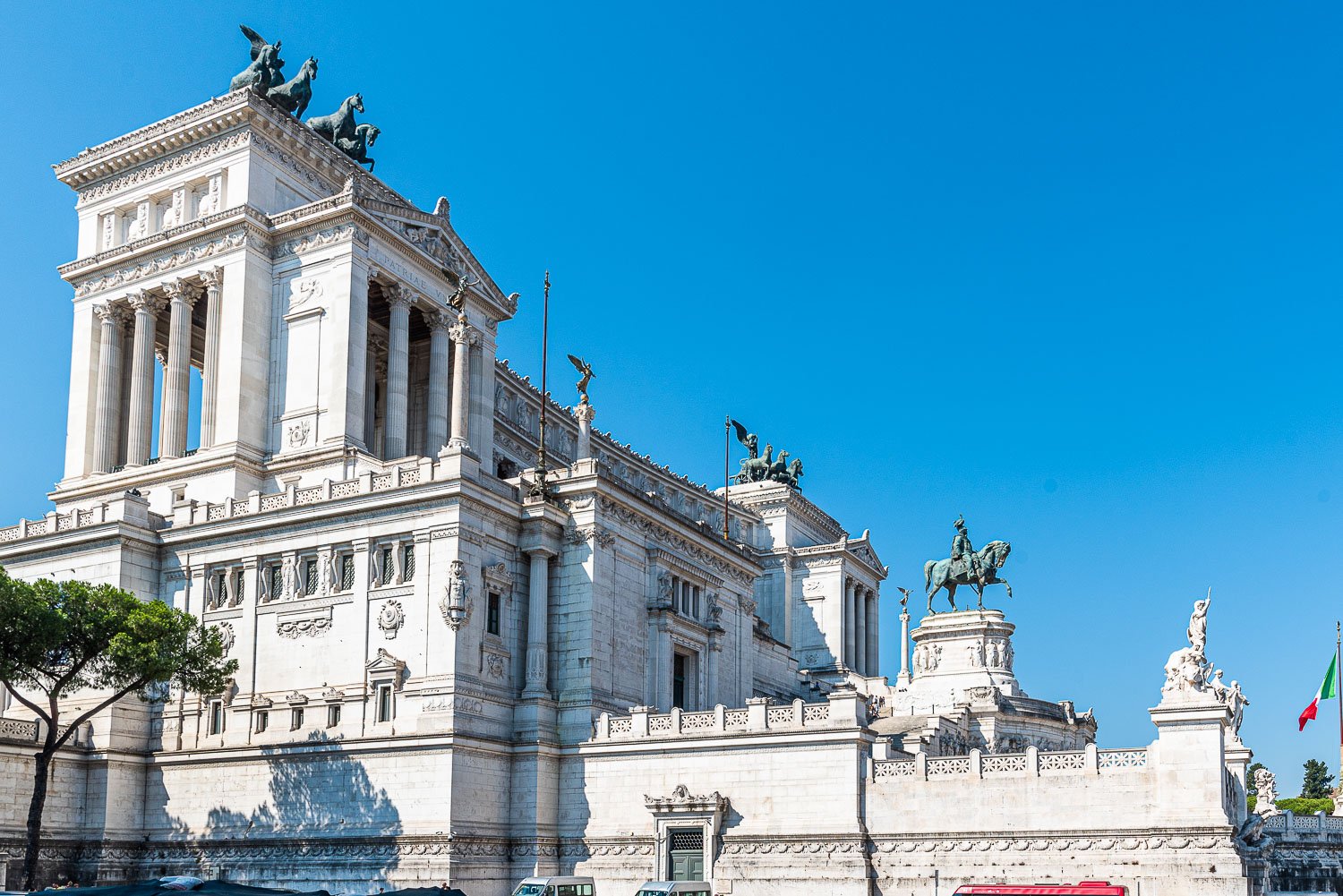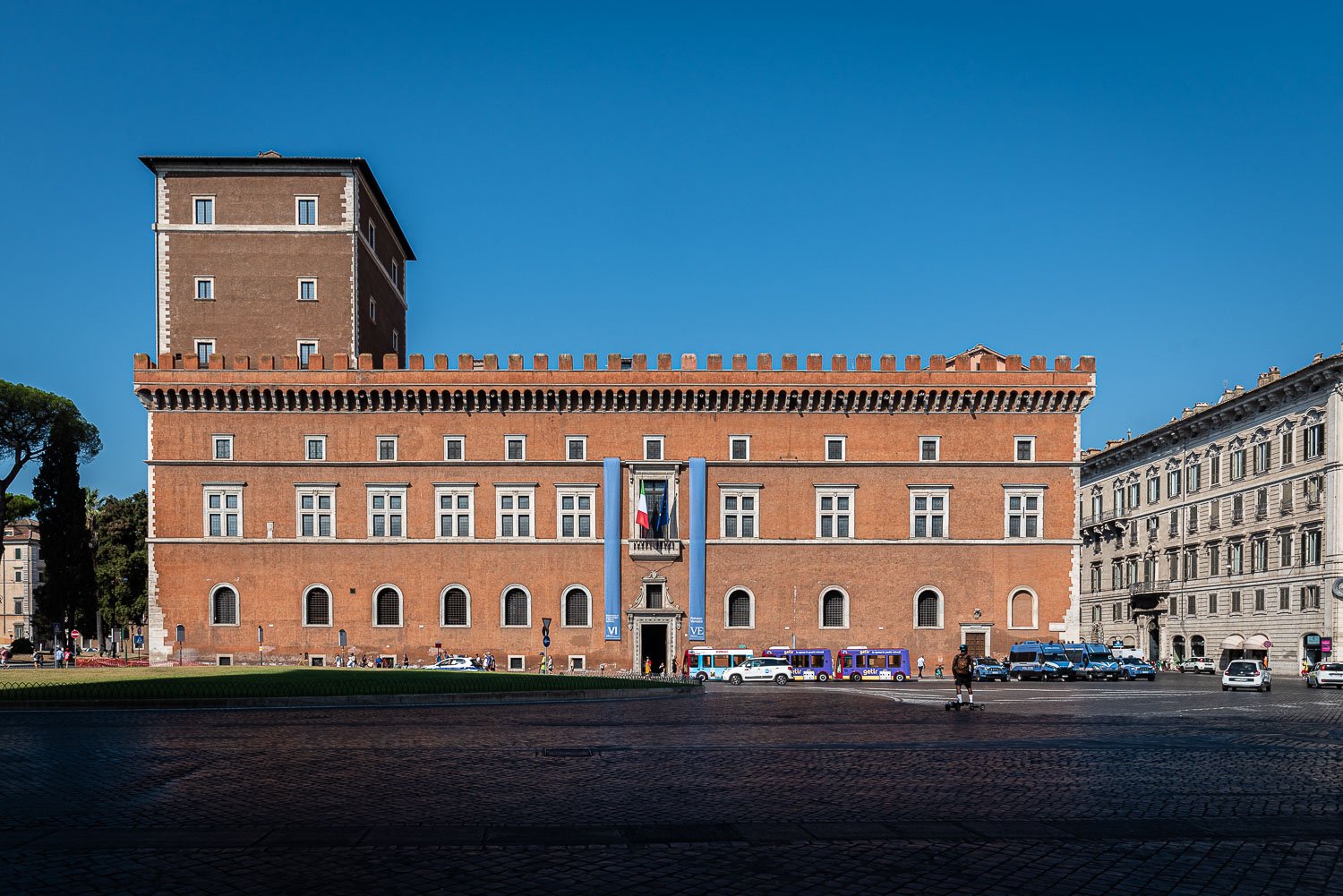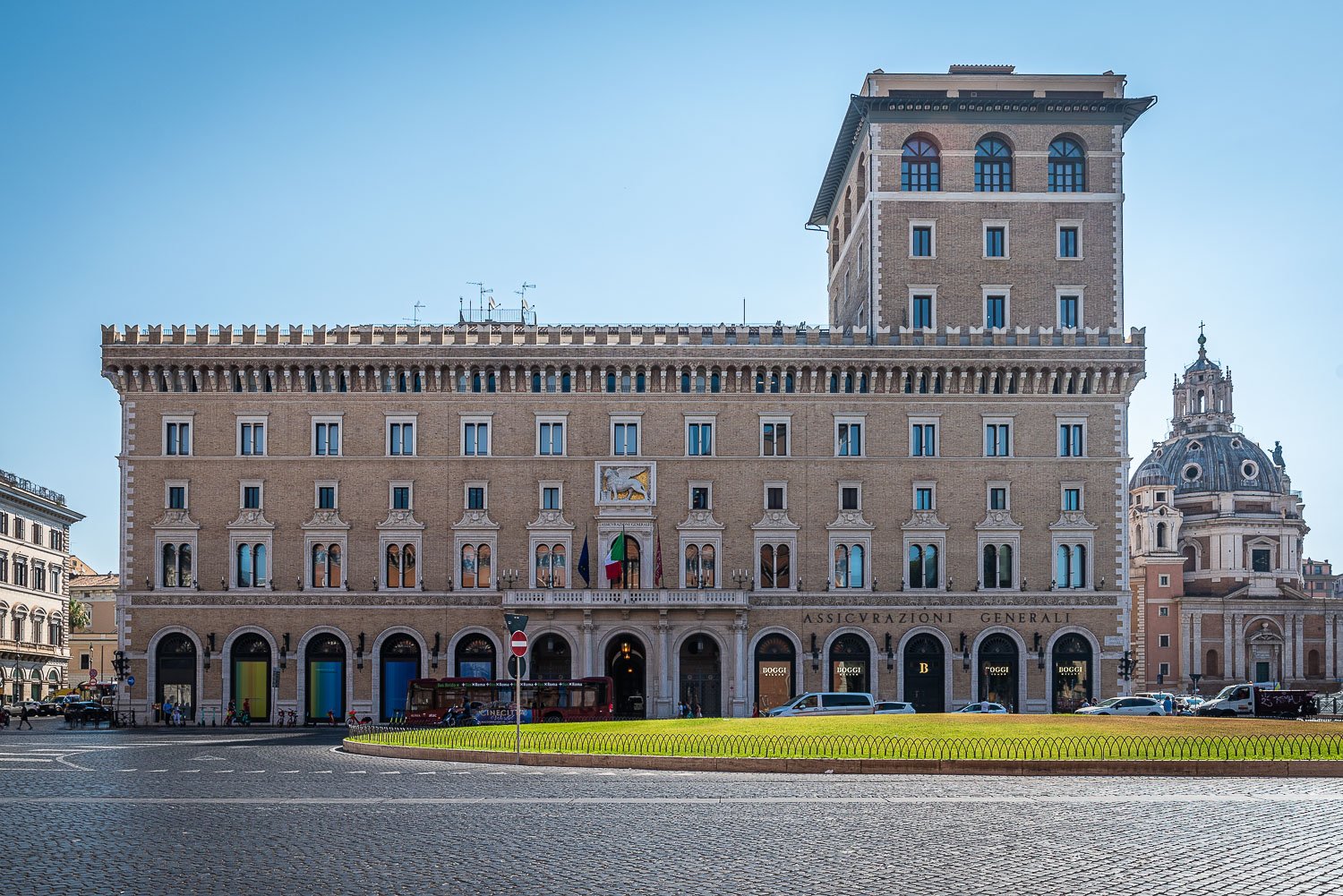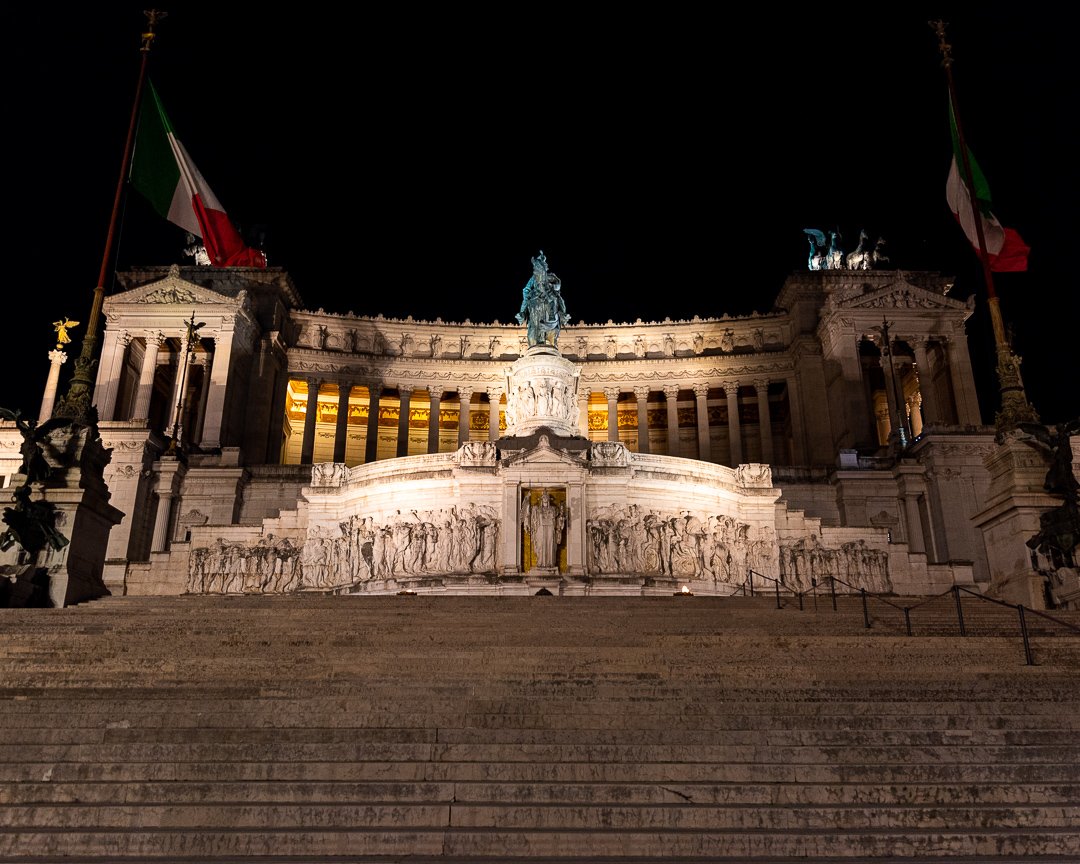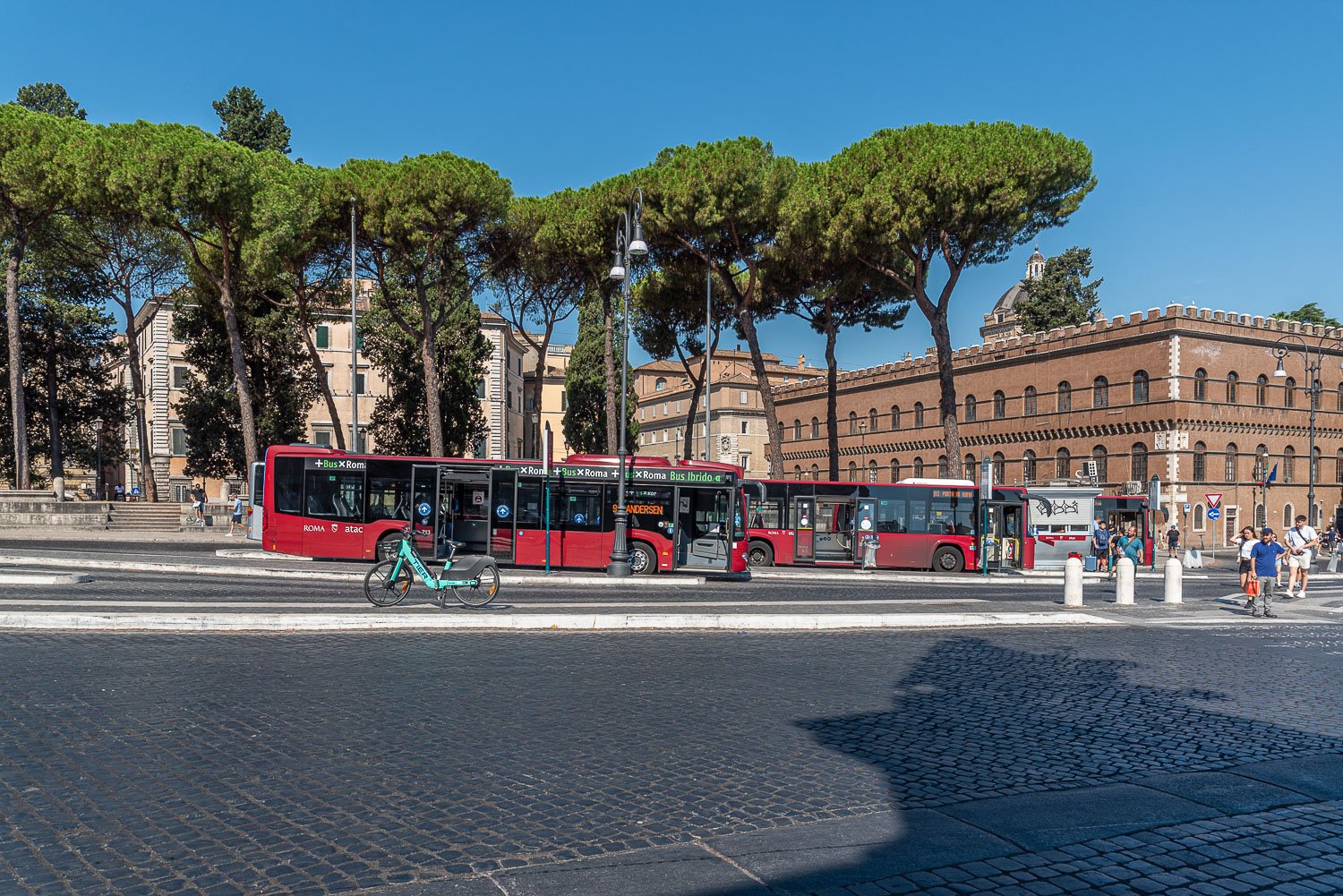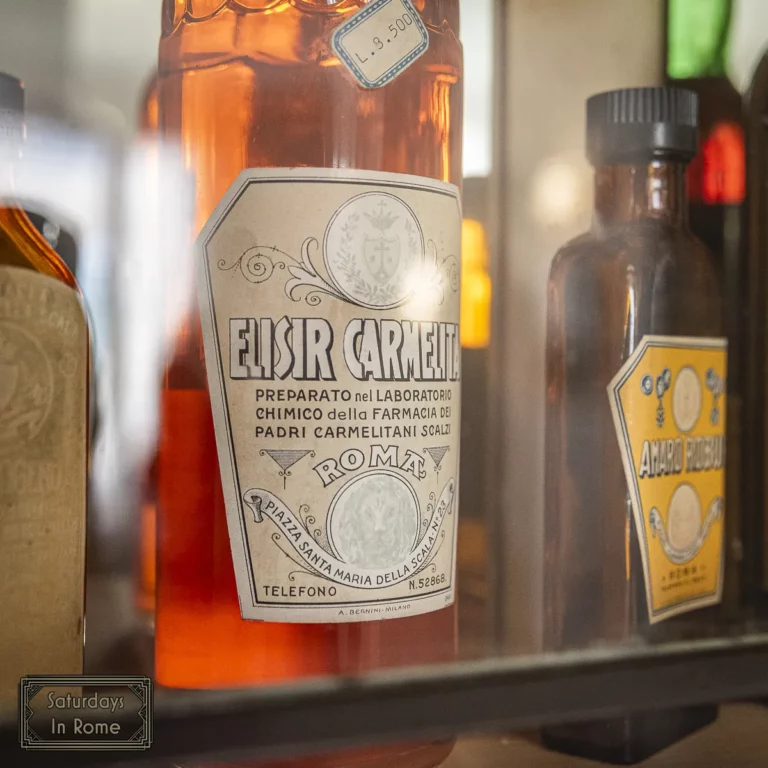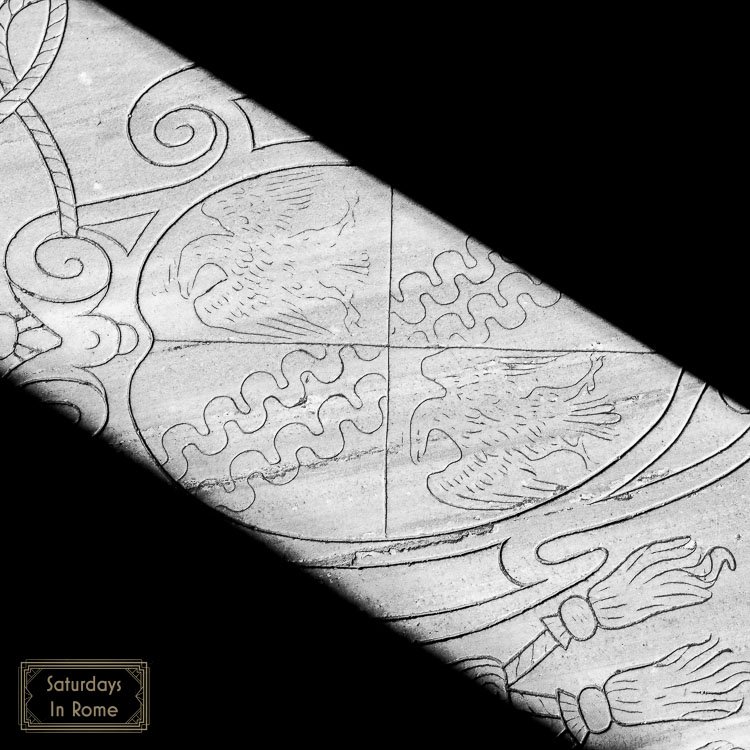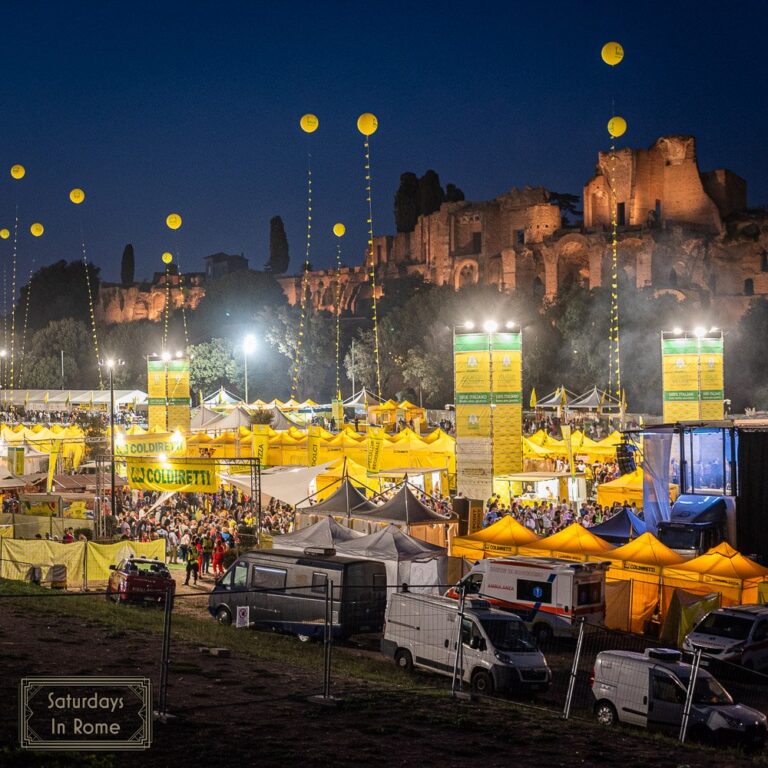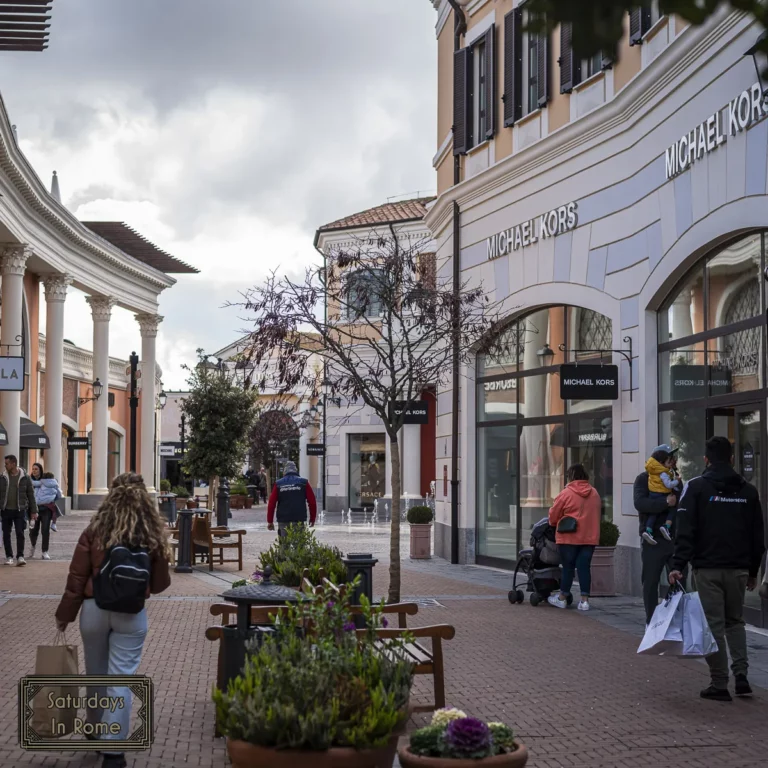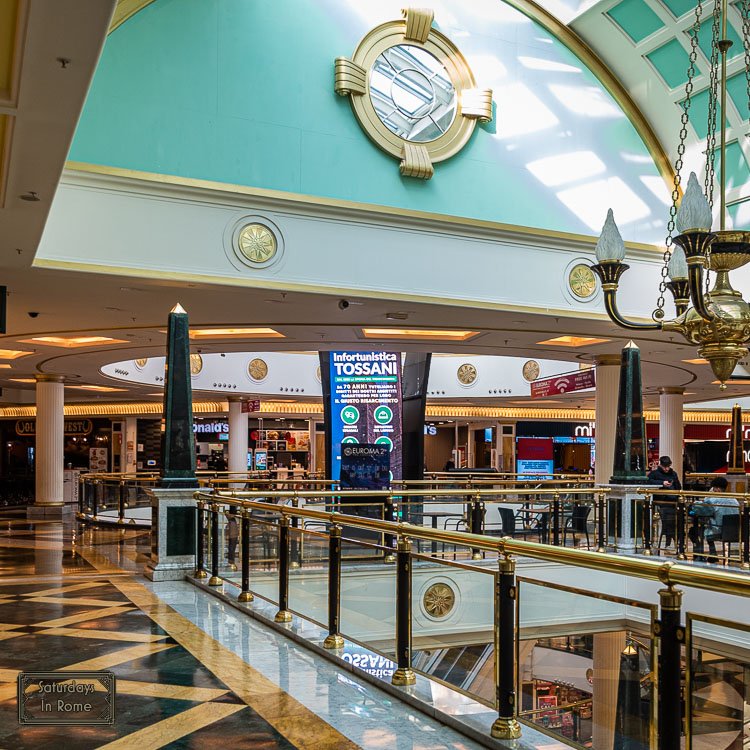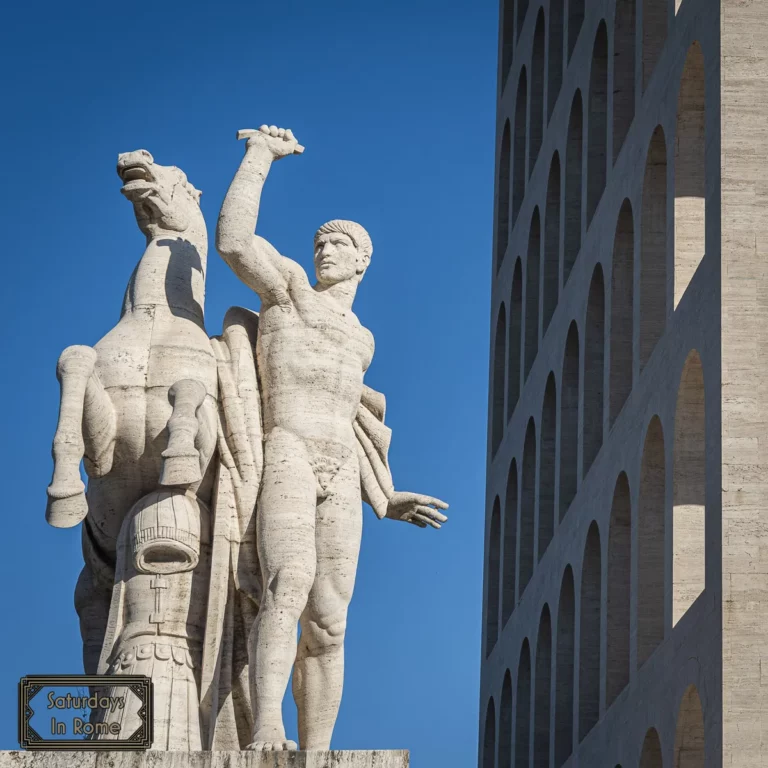The Piazza Venezia History Is As Dramatic As The Square
The Piazza Venezia history as the centerpiece of Rome spans more than a century of changes that you should know to make your next visit even more special.
Altare della Patria
I’ve written previously about one of my favorite Rome sites in Piazza Venezia, Altare della Patria, but there is much more to the piazza that I would like to explore with you. It is a central point in Rome and it is important to be familiar with it if you are walking around or if you want to take the bus.
Need Help Planning?
- Cheap Flights: Find The Most Affordable Flights.
- Accommodations: From 1 to 5 Stars And More.
- Car Rentals: Affordable Travel Across Italy.
- Sightseeing Tours: Explore Some Amazing Tours.
- Buying An eSIM: Stay Connected In Italy.
This post includes affiliate links.
Living in Rome, it seems like every other week there is a celebration that takes place in Piazza Venezia. These include military parades and flyovers by the Frecce Tricolori, which could be considered the Italian equivalent to the Blue Angels in the United States.
Around the Piazza you will find a number of important historical sites, like Trajan’s Column, Market and his Forum. There is Piazza di San Marco, which has one of the Talking Statues hidden in the corner. It marks the end of Via del Corso, which is a popular street for shopping or just a stroll. Just around the corner from Altare della Patria are the Capitoline museums and it is the center for any national celebrations.
Why Is It Called Piazza Venezia?
The name of the piazza is derived from the name of the palace that was built in 1455. The building was donated in 1560 by Pius IV to the Republic of Venice, which it then made the seat of its own embassy, and for this reason it has since been called Palazzo Venezia with the Piazza following its lead.
Fascist Headquarters Of Mussolini In Piazza Venezia In Rome
The Famous Balcony at Palazzo Venezia
Palazzo Venezia, on the western border of the piazza, is one of the best examples of Renaissance architecture in Rome. It was at one time the residence of the Pope, then the seat of the Venetian embassy before the unification of Italy. It returned to being a part of Italy during the First World War, in 1916.
What Is The Piazza Venezia History?
At this point, Palazzo Venezia became the residence of the head of the fascist government, Benito Mussolini, and that currently small and unassuming balcony became famous for the fiery speeches that Il Duce spewed towards his followers.
After World War II, as one would imagine, the Italians were interested in turning away from this dark period in the history of Europe and the government decided to seal off the balcony. It sat abandoned behind closed curtains for decades. More recently, the sensitivities have unfortunately faded, and now in the palace you can see the National Institute of Archaeology and History of Art and the Museo Nazionale di Palazzo Venezia, which preserves a wide range of works from diverse periods. The balcony has been reopened, as has been Mussolini’s office.
Palazzo delle Assicurazioni Generali di Venice
Palazzo delle Assicurazioni Generali di Venice
Across Piazza Venezia from Palazzo Venezia is the Palazzo delle Assicurazioni Generali di Venice, which was completed in 1906 as part of the renovations of the square. The palace copies the characteristics of the Palazzo Venezia and at one time was a famous and stylish caffè and banquet hall, but is now occupied by a bank. Unfortunately, the excessive surveillance and continuous searches to which the place was subject when it was a fashionable place to be seen, and after the arrival of Benito Mussolini in the Palazzo Venezia, caused it to be closed in 1933.
What Monument Is In Piazza Venezia?
I’ve written more extensively about Altare della Patria, but as a quick review:
The national monument called the Victor Emmanuel II Monument is known by many names. The names include Mole del Vittoriano, Il Vittoriano, some less favorable names like the Typewriter, the Wedding Cake but my favorite is Altare della Patria (Altar to the Fatherland). One of the reasons there are so many names is because the monument has had many additions over the years. These include the Altar To The Fatherland, The tomb of the Unknown Soldier and it is a symbol of the unification of Italy.
The Typewriter At Night
With the rise of Fascism prior to World War II, the Victor Emmanuel II Monument became the setting for the military parades of the government of Benito Mussolini. After World War II, and with Italy becoming a Republic in 1946, the monument was stripped of all its Fascist symbols and resumed its original function as a secular temple dedicated to the citizens of Italy.
Piazza Venezia Is A Transportation Hub Of Rome
The Bus Stop in the Piazza
In one corner of the piazza is a major bus stop that can get you to almost anywhere you might need to go. These buses are stopped at the end of their line (capolinea) on the eastern edge of Piazza d’Aracoeli and the buses include the #60, #80, #90, #46. You can also reach the end-point of the #8 tram, which will bring you around Trastevere and Janiculum Hill. While you are traversing Trastevere on the #8, you can also transfer to the much longer #3, which will bring you all around the city.
Favorite Rooftops Near Piazza Venezia
Two of my favorite rooftops are around Piazza Venezia, one is for enjoying the view and taking pictures, and the other is for when you want to enjoy a nice cocktail (aperitivo) after a long day of enjoying the sites.
On the roof of the Altare della Patria monument, which you can get to by a “glass” elevator attached to the back of the building, there is a very panoramic terrace. This is one of the greatest attractions of the monument because of the amazing views that can be seen from the same height as the chariots. The price for this elevator is 7€ for adults and 3.50€ for youth (under 18) and seniors (over 65). Seeing this view when the sun is a little lower in the sky, or even at night, will give you a fantastic view of the city.
The other rooftop to visit is near Trajan’s Column and it is a bar called the Oro Bistrot. This terrazza has one of the most dramatic views in the city and it is a great place to get ready for your dinner by opening up your palate to a cocktail and some snacks. One thing to keep in mind, and to paraphrase the great Rick Steves, in a place like this you aren’t just paying for the cocktail. You are paying for one of the most spectacular views in Rome, so you can expect to pay a premium, but I assure you it is worth it.
Managing Piazza Venezia History And Rome
If you found the Piazza Venezia history interesting, here are some other links that should help you travel around Rome sites with ease and confidence on your next Roman vacation:
- Modern Sites In Rome: Contemporary Sites Worth Visiting.
- The Rome Bioparco (Zoo) Is Great For Children And Adults.
- I Visited Mussolini’s Bunker In Rome And You Can Too!
- The Vittoriano Monument In Rome – Your Questions Answered.
- The Monumental Cemetery of Verano in Rome Is A Hidden Gem.
- The Foro Italico, Rome Is The Olympic Forum With A History.
- The US Consulate In Rome, Italy Is Here To Help You.
- The Rose Garden In Rome, Italy Is Overflowing With Romance.
- Visiting The Altar Of The Fatherland In Rome.

